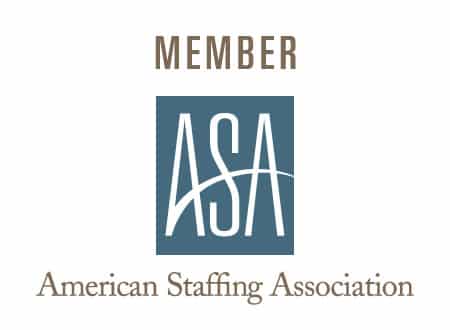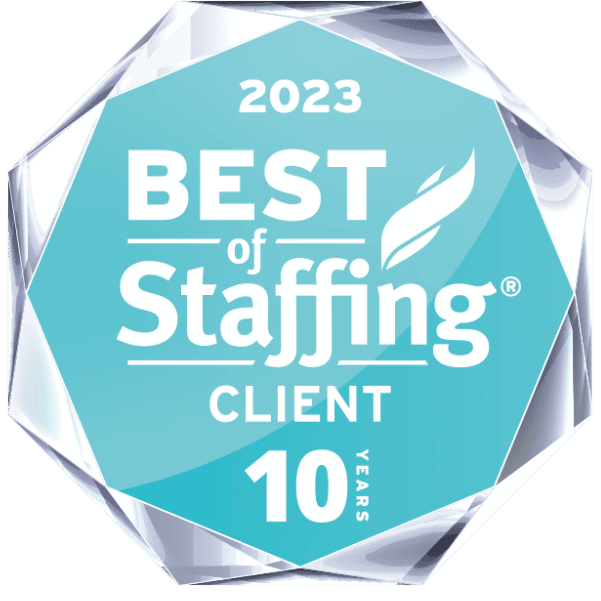Strategic Planning for YOU Inc.
All top businesses build strategic plans for their short- and long-term development. Your career is no less important--and it can benefit just as much from focused strategic planning.
The best strategic plans are flexible, work in both the short and long term, and reflect your specific career goals. Whether you are currently employed or are between jobs, you can put the following steps to work in creating a strategic plan for "YOU Inc." that moves your career forward.
Developing a Personal Strategic Career Plan
- Know where you are.
Before you can plan where you are going, it's important to know where you are. Perform a quick "reality check" of your current career. Some questions to ask include:
- Who do my career choices affect? Include family, co-workers, and others.
- Am I happy in my current position?
- Do I have enough authority? Too much? Too little?
- How do I feel about my compensation? Consider salary, traditional benefits like health insurance, and non-traditional benefits like flex time.
- How would I rate my performance? What factors help me perform, and what factors hinder me?
- What do I value in the ways an organization works?
- How do I feel about my current supervision?
- Does my current position offer me adequate opportunities to grow?
When answering these questions, don't allow yourself to get sidetracked with concerns about how you will handle particular constraints or how a change that improves your situation will affect others; you can consider these issues later in your strategic plan. In step one, merely take an honest look at where you are and what you do and do not like about your current situation.
- Think short and long term.
Set aside where you are for a moment and consider where you want to be, both in the short term and the long term. Questions you might consider when setting out your aspirations include:
Imagine yourself at the end of your career. Your friends, family, and co-workers are celebrating your achievements. What do they say about you? Are you pleased with what you hear?
- What do you value most in your work?
- Where do you draw the line--what won't you do under any circumstances?
- What do you want more of in your work? What do you want less of?
- What are your greatest professional strengths and weaknesses?
- What's your ideal next career move? If you've been considering several options, rank them.
- What are your greatest opportunities? What threatens your ability to seize those opportunities and make the most of them?
- Who can help you seize the opportunities you have or help you access opportunities you currently do not have?
- Make a plan.
One way to think of your strategic career plan is as a map. Once you know where you are and where you want to go, it's time to draw the route between them. Two ways to create an actionable plan are by creating SMART goals and by action planning.
SMART Goals
SMART stands for a five-step method for analyzing goals:
- Specific. Specific goals are as focused as you can make them. "I will get a management position" is fairly general; "my next career move will be into a position managing a team of 3-6 employees in information technology development" is specific.
- Measurable. Measurable goals contain a way to know when they have been met. Measurement may be expressed in terms of time, dollar amounts, a specific award won or benchmark met, or by other means.
- Achievable. A goal that cannot be achieved is merely a dream. Goals should be reachable--even if the achievement requires you to stretch.
- Realistic. Achievability is only one element of a realistic goal. The goal should also fit into your overall plan and help you move toward your ultimate goals.
- Timelines. When will you reach each step on your career path? Timelines help you measure progress and create the pressure that spurs action.
Action Planning
SMART goals fit well into an action plan, and action planning can help you handle everything from the small details to the big picture. Action planning breaks down each step into four categories: goal, objective, action items, and time frame.
- Goal. This is the "big picture" prize. Goals are often expressed broadly: "be financially secure," "run a company," or "earn a doctorate."
- Objective. Objectives are achievements that directly support goals. "Finish my accounting degree" may support the goal of "be financially secure," while "get admitted to a top 5 school" may support the goal of "earn a doctorate."
- Action items. Action items are specific, focused "to-do" items that move you toward an objective. Each objective may have several action items. To "finish my accounting degree," for instance, your action items may include "choose a school," "register for classes," or "choose topic for thesis."
- Time frame. Set deadlines to keep yourself on track. You may even wish to set deadlines for the goal and for each action item or objective. The overall goal "be financially secure" may take 1-5 years, but "register for classes" may need to occur within one week.
Conclusion
To move your career forward and achieve your goals, determine where you are now, where you want to be, and what you have to do to get there. Use these steps to create a sound strategic plan for YOU Inc. and set your course for success.
For more advice on building your strategic career plan, talk to an experienced recruiter in your field. Staffing agencies specialize in more than just matching workers to jobs--they regularly handle strategic planning for both job seekers and employers, and they can help you build a plan that works for you.
|




